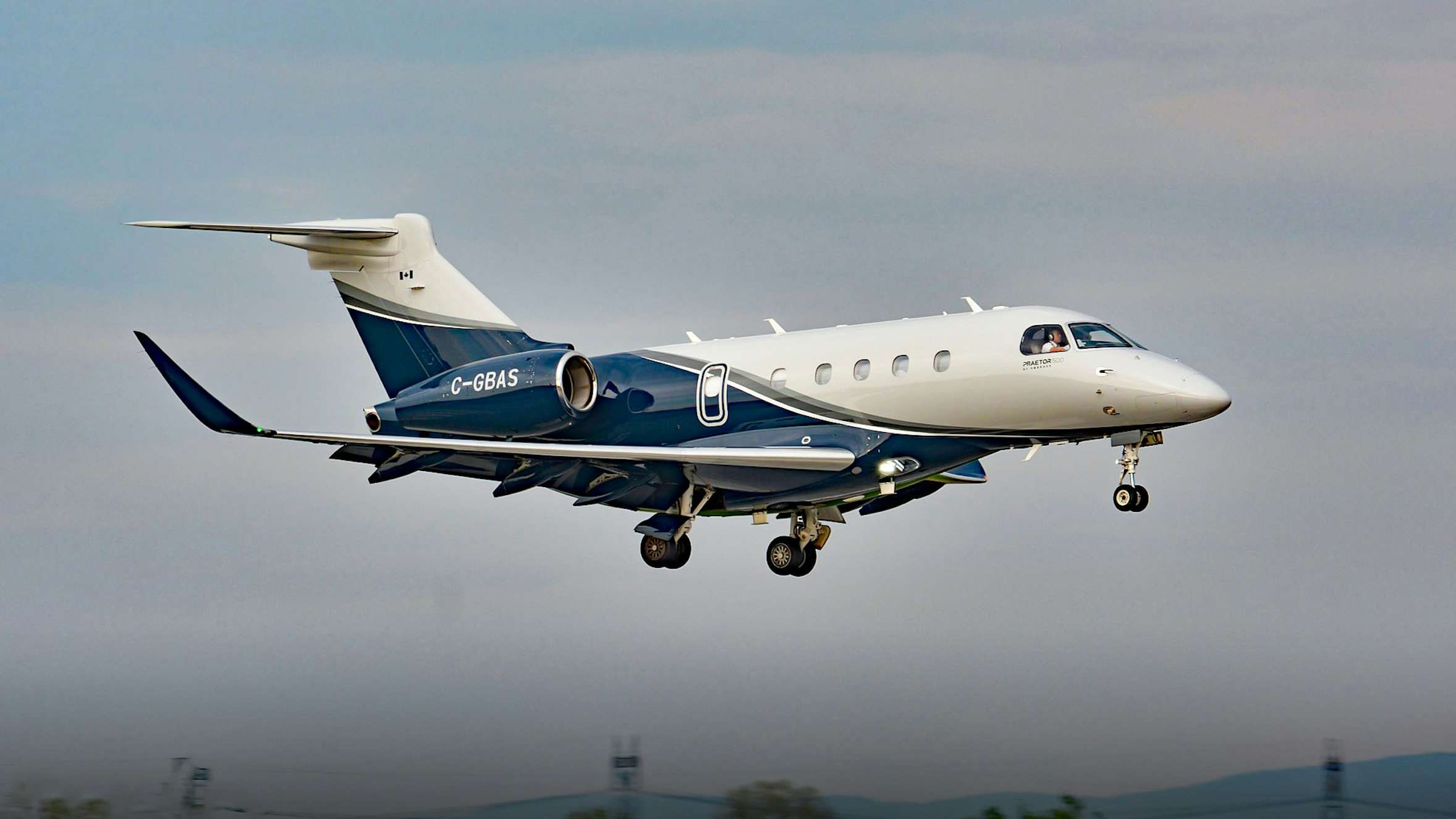

European private jet flights are bouncing back, in some cases exceeding 2019 levels, according to WingX’s latest weekly report. There were 2,634 business jet and turboprop sectors flown in Europe on June 21st, 2021, 95% more than the summer solstice last year and almost exactly matching 2019.
For the first three weeks of June, private aviation activity in Europe is down only 1% versus June 2019. That trails the global trend, with worldwide business aviation activity 7% higher in June 2021 than in June 2019. Scheduled airline activity is picking up but still 40% behind compared to 2019. Commercial airlines in the U.S. are only 20% behind comparable 2019 but way behind private jet traffic, running at 20% above the levels back in June 2019.
In Europe, private jet arrivals into Greece are up 51% compared to June 2019. Arrivals to Portugal spiked 66%. Departures from Austria are up 17%, and 5% from Germany. Hungary, Serbia, Iceland, Cyprus are all seeing double-digit growth in flights compared to June 2019, according to WingX.
On the negative side of the ledger, France’s June 2019 numbers are 14% below 2019, while the U.K. is 27% below pre-pandemic flying.
In the U.S., Florida leads the way, business aviation activity up 54% compared to June 2019. Of the busiest 10 States, only Illinois and New Jersey have less traffic than in June 2019. Miami-Opa Locka Executive Airport has almost double the flights this month compared to June 2019. Palm Beach private jet flights are up 60%. McCarran Las Vegas is up 22% this month against 2019.